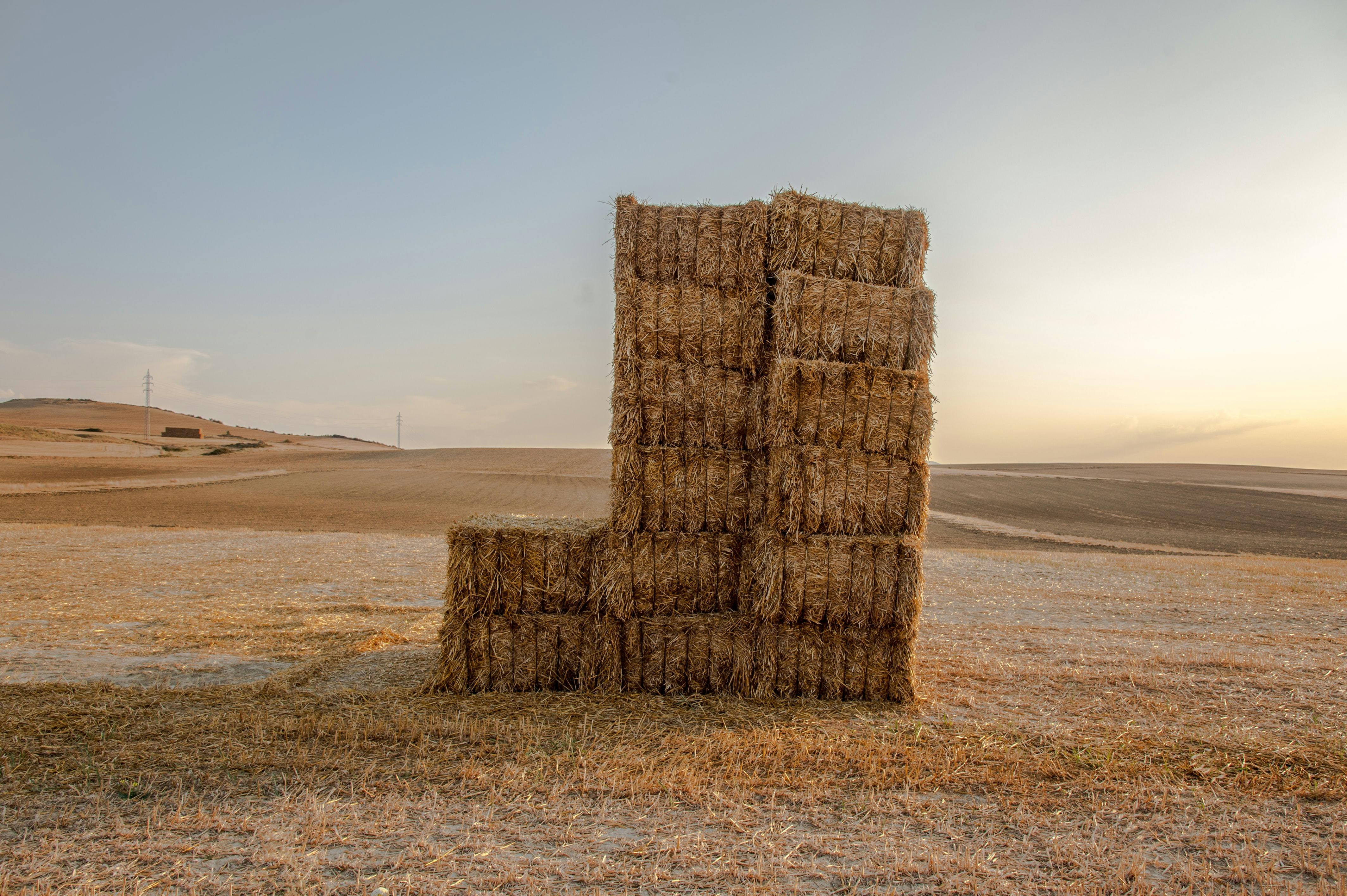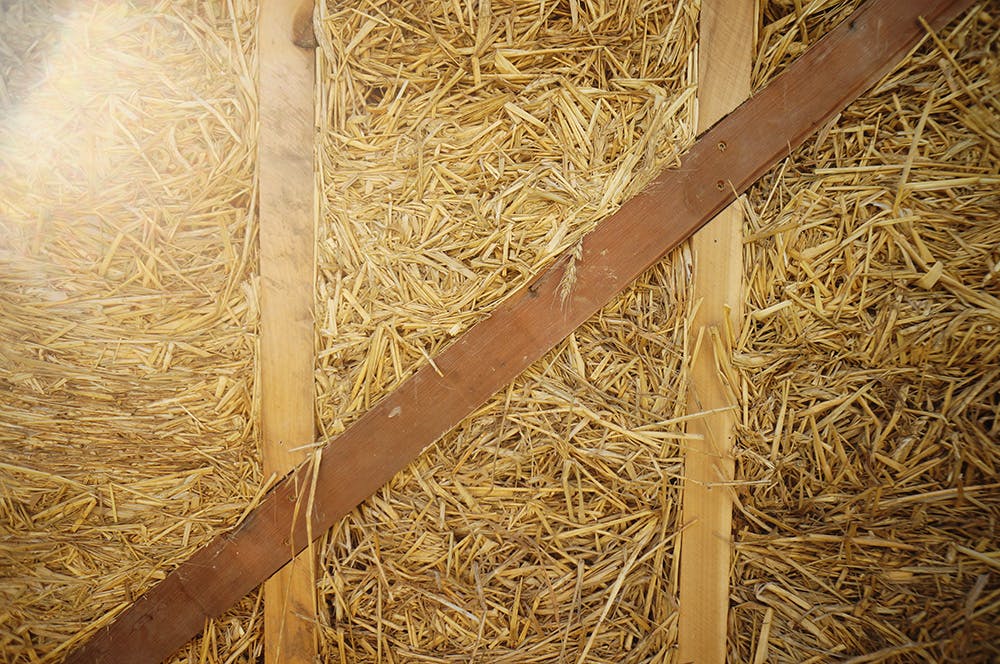6 Reasons Why We Should Start Using Straw On Our Buildings Right Away

Continuing our hands-on story of building with straw we are excited to list 6 reasons why straw should be used more widely in the construction field. As “natural” materials begin to gain more attention, they are still seen rather skeptically regarding their real functionality. There is still a lot of misjudging about renewable materials being as good as more traditional construction techniques. This is no different with straw. Although it has been a common-practice technique for years in some places, there exist few studies regarding its safety and durability compared to other standard materials.

Photo by Maksym Diachenko
Recent findings show that straw not only meets many requirements for sustainable architecture but also provides a handful of advantages when compared to typical building materials. So here are the 6 reasons why we should start using straw on our buildings right away:
1. You can trap CO2 inside your walls
If we use bio-materials in construction, namely timber, and straw, they can “imprison“ carbon dioxide that otherwise would go into the atmosphere. During their lifetime, plants absorb CO2 molecules through photosynthesis and split the component atoms: The oxygen molecule usually is released and the carbon is employed to create its organic sugars. When the plants die, they send their stored carbon to the ground, which eventually finds its way back to the environment. If else these materials are deployed in construction, they act as CO2 banks. It is estimated that a straw wall can store up to 1 ton of CO2 by every 10 m2. That means a straw building can keep CO2 away from the atmosphere, just like a living tree.
2. Airtight and mold-free
Building airtightness means no unintentional air leaks are occurring in the building envelope. Put another way, it guarantees there is no significant heat loss by eliminating unwanted draughts. Straw buildings can be not just airtight but also permeable, so excess humidity does not accumulate. This prevents mold from growing inside the walls.

"Truck and Trailer with Straw Bales in Ar" (CC BY-ND 2.0) by Red Moon Sanctuary
3. Straw is surprisingly fire-resistant
Although counterintuitive straw performs very well in fire-resistance tests. Unlike loose straw which can burn quite fast, the compacted straw used inside the walls leaves very little oxygen in between, which slows down the burning process. As an example, a piece of paper can be easily burned, but a thick stack of them do not catch fire so quickly. This allows straw to fulfill fire protection regulations and can therefore be safely installed.
4. Straw has very little embodied energy
Which is the sum of all energy required from extracting the raw materials until transporting. Straw is obtained from local farms and is available throughout the year, which reduces transportation and storage costs. And it requires no processing, as it is supplied as a raw material. This very low-tech material ultimately cuts the overall costs considerably.

"light clay straw wall section" (CC BY-NC-SA 2.0) by The Year of Mud
5. Straw can bear heavy loads
This means the amount of wood required by a timber structure can be reduced, also making it a very cost-effective alternative to conventional materials. Also due to its load-bearing force, straw makes buildings incredibly earthquake-resistant. During an earthquake, they perform similarly to normal buildings, with the advantage that their lightness develops a lower acceleration.
6. Being inside a straw building feels great
Building with straw panels can create environments you want to be in. They show an outstanding thermal comfort, keeping a room cool in summer and warm in winter. They also perform rather well in blocking the passage of sound. Besides that, straw panels are exempt from chemical treatments and other kinds of toxic glues. Extra benefits are gained when clay is used on top of the straw. It regulates the room humidity, absorbing its excess and releasing when the air is dry. In the end, you get a breathing, quiet, comfortable, and healthy environment.
Back